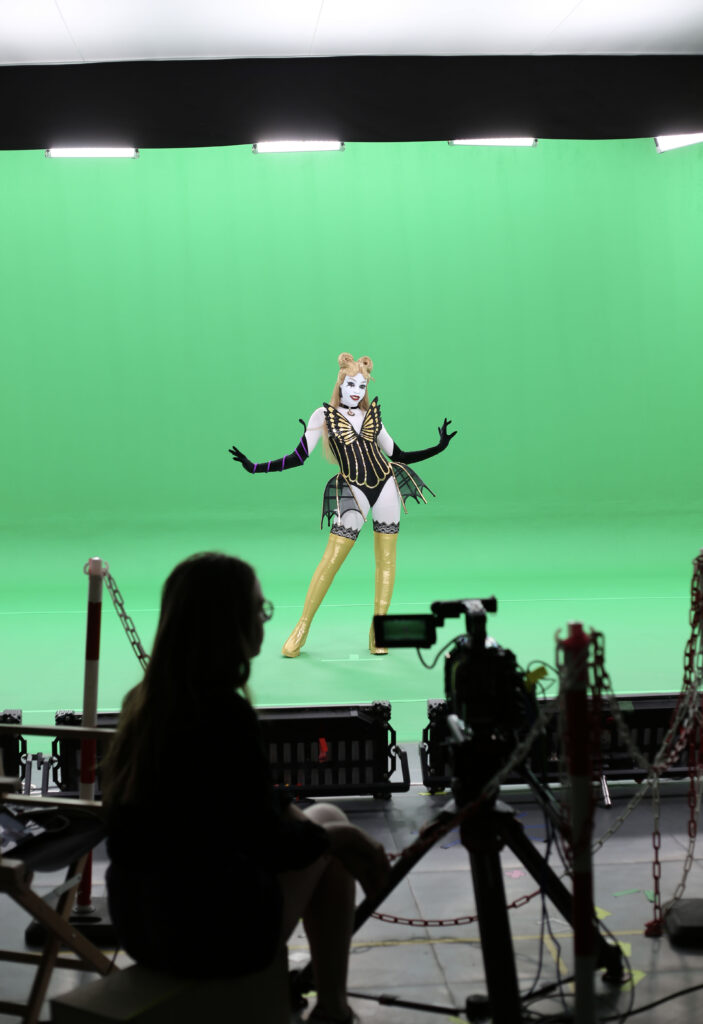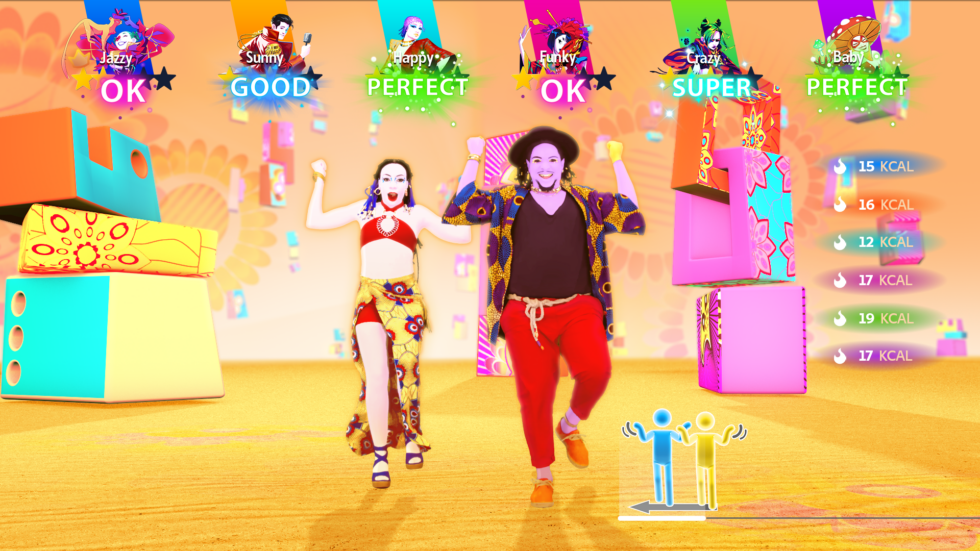When you imagine a video game studio, you probably picture rows of computers and a fleet of programmers working on consoles, not a mirrored dance studio. But at Ubisoft Paris, it’s a bit of both: The video game company’s Paris branch led the creation and development of Just Dance, a game in which players are judged on how accurately they recreate the choreography of popular songs and musicality scores.
Originally released on the Nintendo Wii console in 2009, Just Dance has sold 80 million copies and attracted more than 140 million players worldwide. While the game, which released its 2024 version in late October, aims to make dancing accessible to anyone who can pick up a remote control, there are dozens of professional dancers and choreographers helping to make it happen.
real dancer, real dance

For each Just Dance song and its accompanying choreography, players follow at least one “coach,” a digital avatar with a unique character design. You might think these coaches are computer-generated, but the action that unfolds in each Just Dance “map” begins with footage of dancers in full costume and makeup performing their moves on a green screen. Although the animation was added in post-production, what you see in the final game are real dancers, real dancing. The 2024 edition collaborated with 38 dancers and 17 choreographers, 7 of whom acted as coaches and performed their own dance moves, creating 40 new maps.
Find the right choreographer
Elstelle Manas, “Just Dance” choreographic director, started working at Ubisoft four years ago after more than 20 years as a professional dancer in French commercials and musical theater. She is one of the creative leads involved in the creative process of each map from the beginning. “My role is to bridge the gap between all production needs and the artists,” she says.
Once the number of characters, mood, and story for a given song is determined, Manas puts this information together along with the planned difficulty (easy, medium, hard, or extreme), whether there are any accessories or props to put together, and the initial Storyboarding and breakdown of the music. Then she consulted Just Dance’s roster of freelance choreographers to find the perfect fit. The selected choreographer goes into the studio with Manas and her assistants to create and photograph prototypes of the choreography.
Unique orchestration constraints
Just Dance maps must be choreographed within unique constraints. Since the console remote used to track player movements to produce the final score is held with the right hand, the choreographer must ensure that the right hand is always visible and actively involved in the dance. The movement must be forward-facing and easily legible; having the player face the screen makes it easier for them to mirror the 2D character’s movements and produces clearer pictograms that scroll to the bottom of the screen in time with the choreography to cue the player where they are and actions are being scored for accuracy. The ease of the players is also why the choreography unfolds in a relatively simple pattern: lots of repetition, fairly square musicality. Adjustments made to accommodate the needs of other departments—from costume design to video artists to level design—must also flow seamlessly into the final version.

Casting “Coach”
The roster of dancers for Just Dance is primarily found through regular open auditions. Manas and her team consider dance style as well as the “coach’s” personality and appearance when deciding who to choose. Overall, dancers must not only be good, clean technicians, but must also be adept at expressing emotion, projecting energy, and conveying story within a three-minute performance. Most importantly for the rehearsal process: “We need the dancers to have a real Good memory because we’re changing pace, energy, eye contact all the time,” Manas said. They have up to four three-hour rehearsals to master the choreography as it is adapted to other departments’ notes.
What’s new in 2024
A new feature that will be in beta testing this winter is camera scoring, which will allow players to set their smartphones to track their movements as they perform 15 circuits and be scored based on their full-body movements, rather than just tracking them body movements. (This led to an early criticism of Just Dance: Couldn’t you just sit on the couch and wave your right arm instead of trying to choreograph?) Scoring in this mode is based on the choreography of members of the team’s trained artificial intelligence model.
Another first for the 2024 edition: a new map set in Versailles in collaboration with Baroque dance expert Pierre-François Dollé. Thanks to the Cultural Olympiad program ahead of Paris 2024, “A Night at Versailles” celebrates a place that is illustrious not only in the popular imagination (Marie Antoinette, anyone?) but also in the history of Versailles. (Remember Louis XIV and night ballet From dance history class? It’s really fun and sharing space, like: “I’ve heard this song, I know this choreography, let’s go!”
The end result is a remix that incorporates a pair of contemporaries, evolving from a fairly simple homage to the paired baroque dances into a syncopated, hip-hop style riff as the on-screen coach moves through the venue and halls. A magnificent palace. The new map of the Palace of Versailles succinctly sums up what Just Dance is all about: taking something that seems elite and out of reach—Baroque dance performed by aristocrats, or more broadly, dance as an art form — and transform it into a contemporary, accessible, pleasure experience.

